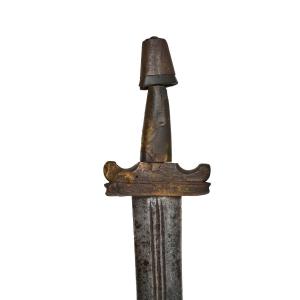The handle: Made up of three parts, a guard, a handle and a pommel. All made of horn and decorated with circled motifs. The guard has two protruding ends facing the handle. It reminds me of the crocodile shapes of the handles of Filipino kampilans, perhaps a crocodile was depicted stylistically here, but I haven't found any evidence to prove this. The handle is made from a single piece of horn, flowing into the hilt. The pommel is hollow and covered with a piece of metal, possibly an old restoration or originally intended to reinforce. The pommel is hammered to the hilt but shows some movement, I guess it was meant to be that way.
The blade: Long drawn, double-edged with a sharpened and reshaped tip. The blade is heavy and long and seems more suited to horseback than foot. However, many blades from this region and era are mostly long stretched and not always perfectly balanced when reassembled. The blade appears to be made locally in the region. It has three solids on each side ending with a single solid that descends towards the point. The tip was reshaped, which appeared to have been done for effective use, not due to damage per se. The edges show battle damage on both sides, suggesting this is a functional, well-used sword.























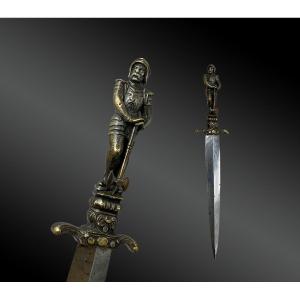
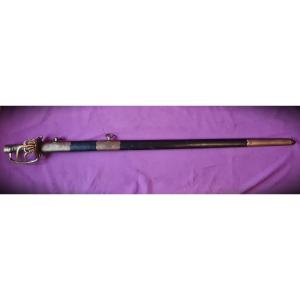
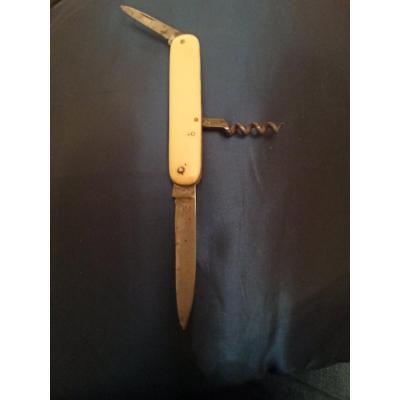
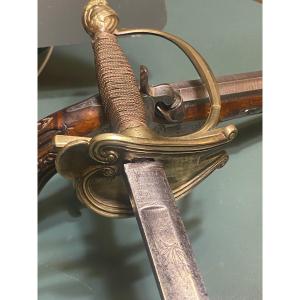



 Le Magazine de PROANTIC
Le Magazine de PROANTIC TRÉSORS Magazine
TRÉSORS Magazine Rivista Artiquariato
Rivista Artiquariato
